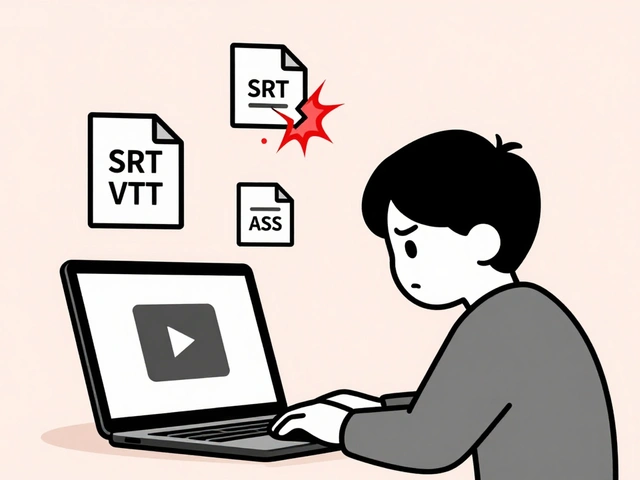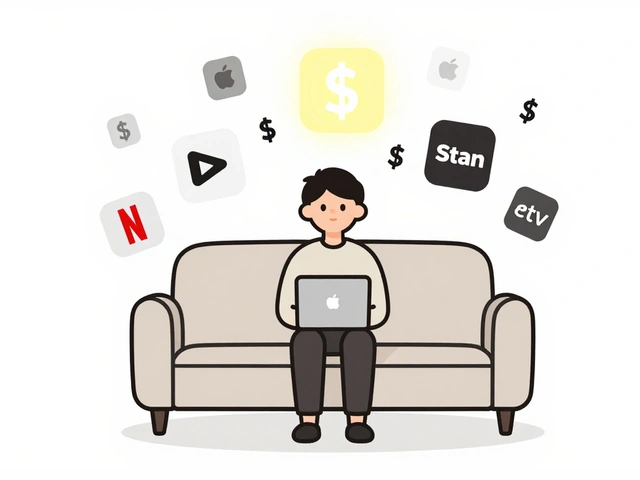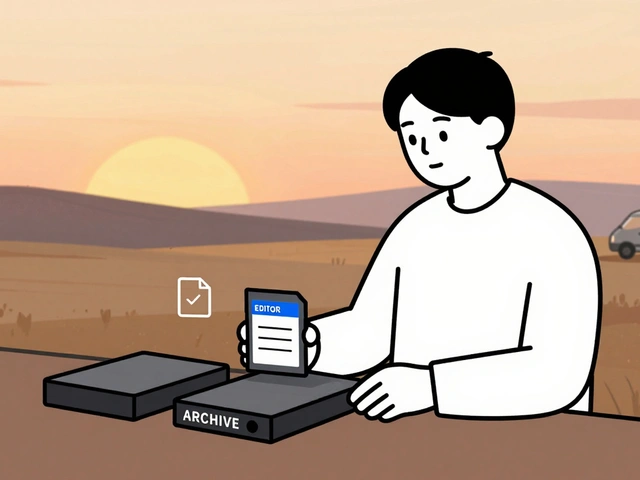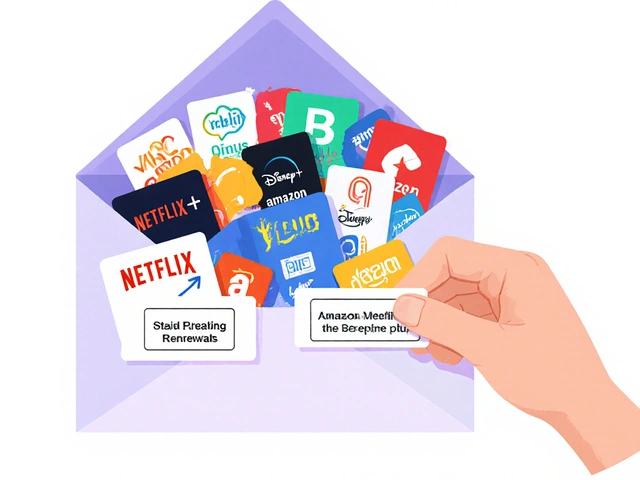Ethereum Rollup: Scalability Solutions for Faster, Cheaper Blockchain Transactions
When you hear about Ethereum rollup, a Layer 2 scaling solution that bundles hundreds of transactions into one on-chain record to reduce fees and speed up confirmations. It's not magic—it’s math, cryptography, and smart engineering working together to fix Ethereum’s biggest problem: slow, expensive transactions. Without rollups, sending a simple token or swapping crypto on Ethereum could cost $20 or more during peak times. With them? Often under $0.10. That’s the difference between using a luxury car and a bus—same destination, way better value.
Ethereum rollups come in two main flavors: Optimistic rollups, a type of Layer 2 that assumes transactions are valid unless challenged within a waiting period, and ZK rollups, a more advanced type that uses zero-knowledge proofs to mathematically prove transaction validity without waiting. Optimistic rollups are simpler to build and already power big names like Arbitrum and Optimism. ZK rollups are faster and more secure but harder to code—projects like zkSync and StarkNet are pushing them forward. Both solve the same core issue: Ethereum’s base layer can’t handle millions of users without breaking.
Why does this matter to you? If you’ve ever waited 10 minutes for a transaction to confirm, or paid more in fees than the value of your NFT, rollups fix that. They’re why DeFi apps can now offer low-cost lending, why gaming NFTs don’t cost a fortune to mint, and why everyday users aren’t priced out of the blockchain. Rollups don’t replace Ethereum—they make it usable. They let the network scale without sacrificing security, because every rollup still anchors its data back to Ethereum’s main chain.
You’ll find posts here that dig into how these systems actually work under the hood, what trade-offs developers face when choosing between Optimistic and ZK, and how tools like wallet providers and dApps are adapting. Some articles show you real-world examples of rollups in action. Others break down the economics—why gas fees dropped 90% after rollups took off. There’s no fluff. Just clear, practical info on how Ethereum is evolving—and how you can use it better.
5
What Is a Rollup Aggregator? Simple Explanation for Blockchain Users
A rollup aggregator bundles hundreds of blockchain transactions into one to cut costs and speed up processing. It’s how Ethereum scales without losing security - saving users money and making DeFi usable.
Latest Posts
Popular Posts
-
 Parental Controls on Free Streaming Apps: How to Keep Kids Safe Online
Parental Controls on Free Streaming Apps: How to Keep Kids Safe Online
-
 Lord of the Rings: The Rings of Power on Prime Video - What to Know in 2025
Lord of the Rings: The Rings of Power on Prime Video - What to Know in 2025
-
 Why Subtitles Aren't Working: Fix Common Video Text Issues
Why Subtitles Aren't Working: Fix Common Video Text Issues
-
 How to Find All Your Streaming Subscriptions and Stop Overpaying
How to Find All Your Streaming Subscriptions and Stop Overpaying
-
 Data Management: DIT, Backups, and Archival Best Practices for Video Teams
Data Management: DIT, Backups, and Archival Best Practices for Video Teams



